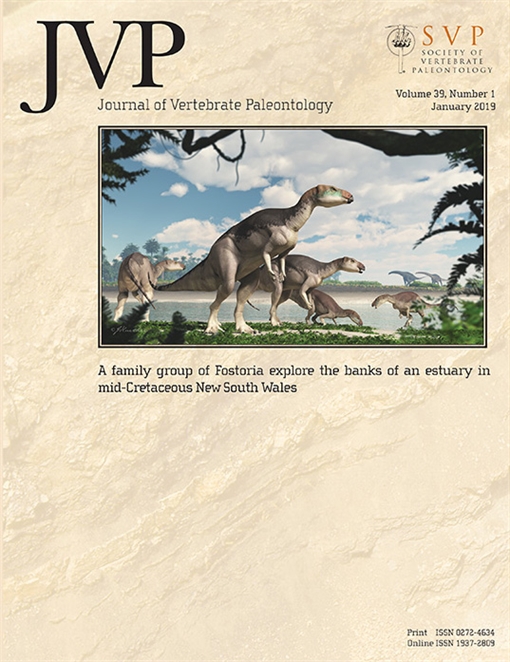Dugaldia emmilta is a teleostean fish found in the late Albian Toolebuc Formation in Queensland, Australia. In the original description, D. emmilta was attributed to the Neoteleostei because of the presence of a tripartite occipital condyle, and the species was postulated to have a basal position among neoteleosteans because of the presence of several plesiomorphic characters. A reexamination of the holotype, together with the description of two new specimens, indicates that D. emmilta is an ichthyodectiform fish. A phylogenetic analysis resolves this species as the sister to Ogunichthys + Ichthyodectoidei. This species shows unusual features for an ichthyodectiform, in particular the shape of the mandible and the arrangement of the teeth on the lower jaw. Jaw mechanics in ichthyodectiforms are peculiar because they allow a significant lateral enlargement. In Dugaldia, a similar disposition is present but is exaggerated by specific features of the maxilla and the mandible. Comparisons with the sarcastic fringehead (Neoclinus blanchardi), a living blenny that shows a ‘gaping display,’ reveal that Dugaldia was likely able to exhibit extreme lateral mouth enlargement.
How to translate text using browser tools
22 August 2019
Revision of Dugaldia emmilta (Teleostei, ichthyodectiformes) from the Toolebuc Formation, Albian of Australia, with Comments on the Jaw Mechanics
Lionel Cavin,
Rodney W. Berrell
ACCESS THE FULL ARTICLE






